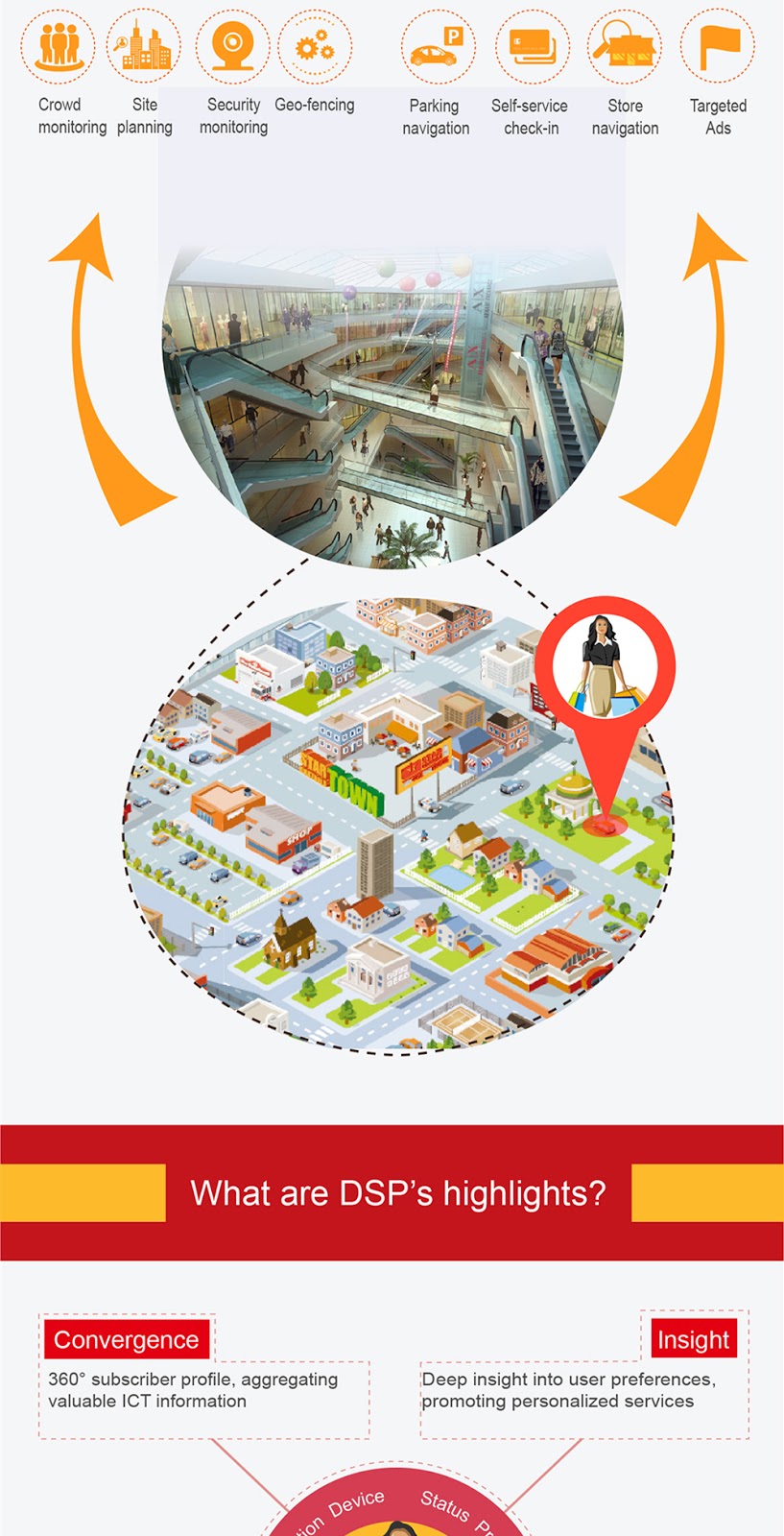[BERLIN, June
24, 2016]
– Huawei had keynotes and showcases of its innovative products and solutions at
the second Open Platform for Network Functions Virtualization (OPNFV) Summit,
held from June 20-23 in Berlin, Germany. As an OPNFV platinum
founding member, Huawei showcased its platform of all-cloud carrier network
solutions.
On June 23, Forrest Lee, Director of OPNFV’s
Open Source Development Team (OSDT) at Huawei, delivered a keynote speech about
OPNFV for the all-cloud carrier network, which will focus on how to move from
virtualization to full-scale cloudification, and how OPNFV can develop into a
full-scale cloud platform. Lee also provided detailed information on Huawei’s
plans in OPNFV.
“All-cloud carrier network will take the
form of hardware resource pooling, all distributed system and complete
automation,” said Lee. “This is a resource that can be widely shared. The
system will be highly scalable, elastic and extremely robust. The service
deployment and provisioning, resource scheduling and fault management will be
policy driven and fully automatic. The OPNFV platform will play a key role in
enabling the all-cloud carrier network based on which richer network innovations
shall be expected.”
During the OPNFV Summit, Huawei demonstrated
five NFV innovations that are targeted for commercial deployment. Parallel to
the OPNFV Summit, Huawei also contributed to the ONOS and OPEN-O mini-summit on
June 20 and 21.
·
CloudEPC/CloudIMS:
Interoperability
demo with Wind River, Red Hat, Ubuntu and VMware.
·
ONOS: SDN-based
SFC solution for mobile service provider edge.
·
OPEN-O: Next generation
OSS foundation for ICT service agility.
·
E9000 Server:
Best-in-class
hardware platform for NFV.
·
CloudOpera
IES: Assurance
enabling VoLTE orchestration.
As the founding
member and main contributor of OPNFV, Huawei is contributing to multiple
projects including:
·
Bottlenecks
–
an OPNFV performance testing project
aimed to find system bottlenecks and verify OPNFV infrastructure before
committing to a production environment.
·
Compass4nfv
–
one of the important OPNFV
deployment tools and also an important deployment tool for OpenStack.
·
Yardstick
–
an OPNFV project to verify the
infrastructure compliance when running VNF applications.
·
DoveTail – a project to define and provide a set of
OPNFV validation criteria that will be executed to evaluate the use of OPNFV
trademarks.
·
ONOSFW – a
project to integrate ONOS SDN controller within the OPNFV-defined NFVI and VIM
framework, which aims to provide the end user and open source communities with
greater flexibility to build service applications.
·
Domino – a
project to help carriers distribute template across diffrent infrastructure
domains based on global policies while leaving infrastructure domain-specific orchestrations
to the local domains.
·
Opera – a
project that addresses OPNFV MANO integration for generic VNFM with OPEN-O
acting as a generic NFVO to support cloudification of OSS/BSS.
Huawei experts have fulfilled
a wide range of important positions such as board member, technical steering
committee member and project leader. The company also contributed two OPNFV testing
labs to the OPNFV community—one in Xi’an, China, and the other in Santa Clara, California.
Both labs play an important role in OPNFV release development and testing within
a sustainable environment.
In the first OPNFV Plugfest,
held by CableLabs in May, Huawei’s E9000 Converged
Infrastructure Blade Server, FusionSphere Cloud Operating System, and CloudEPC were
used with ONOSFW. As a key contributor of Functest and Yardstick testing suits
in the Plugfest, Huawei shared its testing solutions based on Yardstick and
provided technical support throughout the event.
On the OPNFV Summit, Huawei was awarded for
On-time Delivery Award of Compass for Brahmaputra, Successful Inaugural
Plugfest Award and Super Hero award by OPNFV community for the continuous and excellent
contributions.
As a leading ICT solution provider, Huawei values
open source networking platforms, as it enables collaboration by industry
partners and customers. Huawei has been an active player in many open source
communities of NFV era. In addition to OPNFV, Huawei is a platinum member of
Linux Foundation, a gold member of OpenStack and CloudFoundry, and a founding
member of ONOS.











